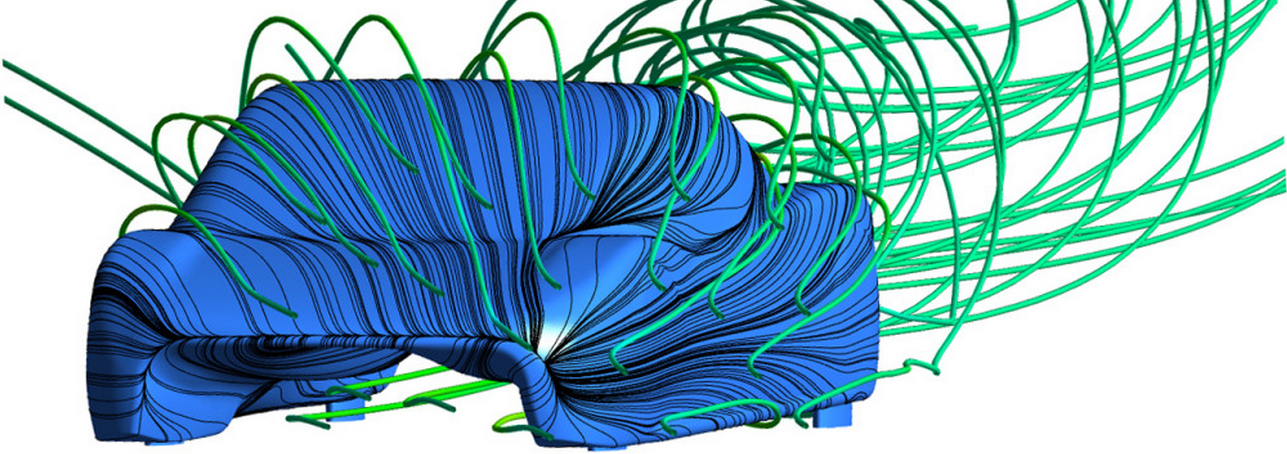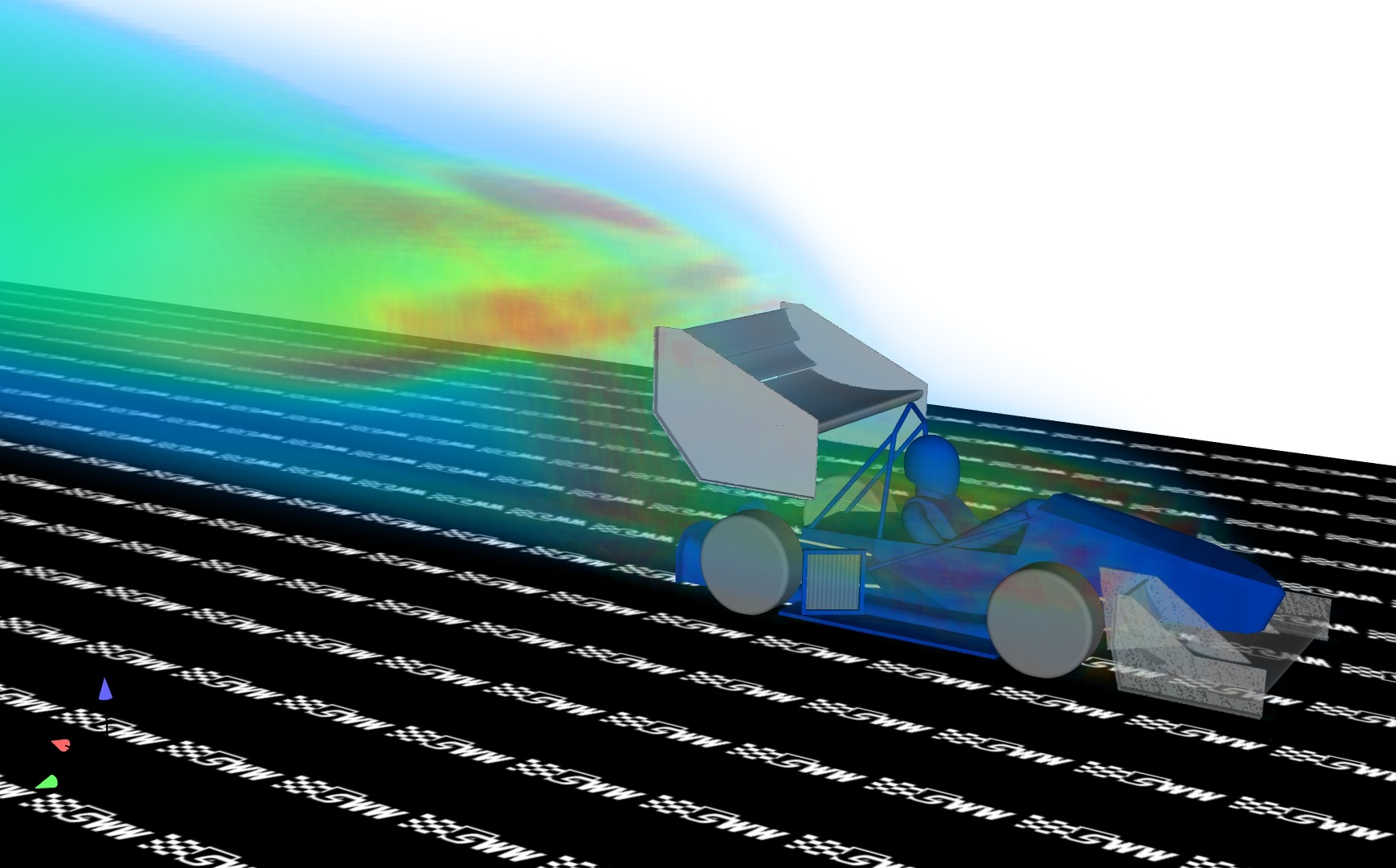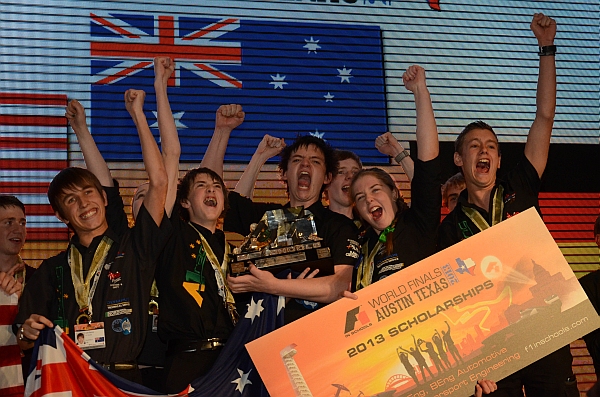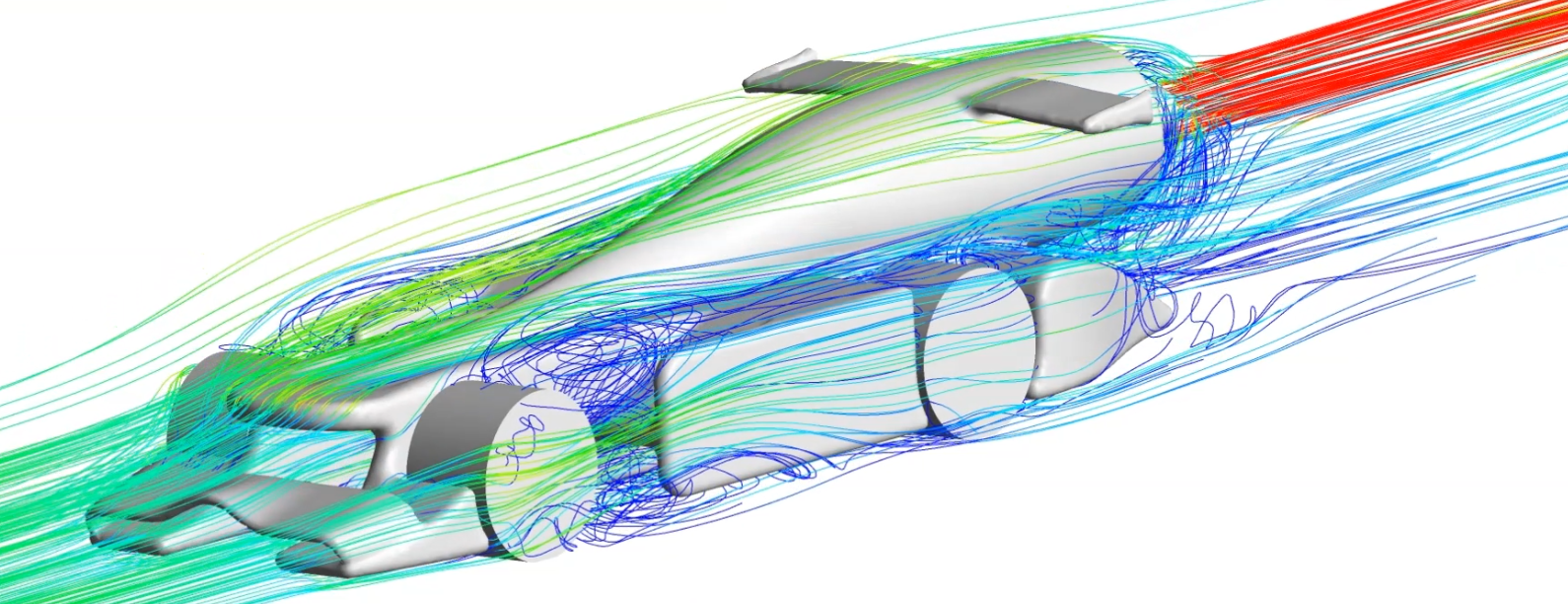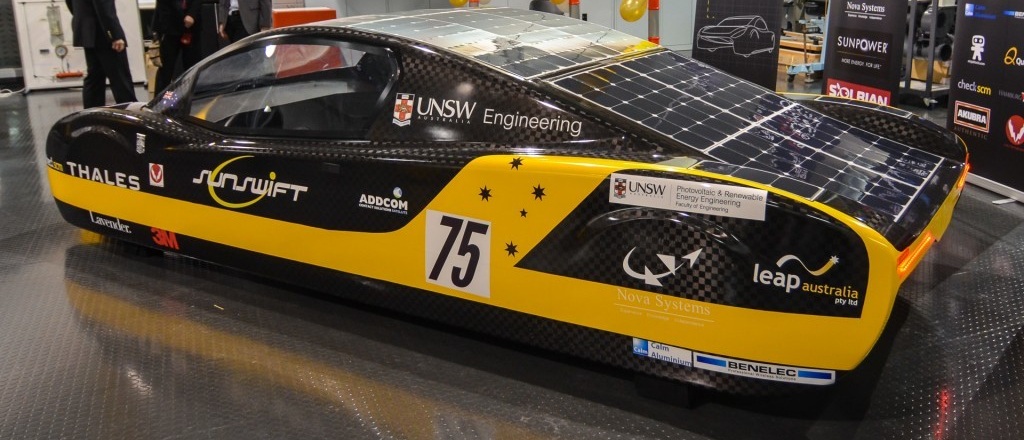We are pleased to announce that long term partners of LEAP Australia, Monash Motorsport, have achieved a very respectable fifth place overall in the 2014 Formula Student Competition at Silverstone in the UK. Among the awards presented at the competition was one for the best use of virtual methods to achieve vehicle targets which was won...
Monash Motorsport take out "Best Use of Virtual Methods to Achieve Vehicle Targets" award at Silverstone


